Anxiety, with its multitude of faces and forms, has affected many of us in different ways. Some of us have been kept up at night by intrusive thoughts that make us fear tomorrow. Others have strained relationships because anxiety may lead to panic in social interactions. Then, there are those of us who feel apathy because it’s been so long since anxiety has allowed us to feel joy.
It’s a shared human experience, and yet it’s isolating and deeply personal in how we live and deal with it. The most important thing here is to remember that you’re not alone!
So, what can we do about it and how can yoga help?
I wish I could share that the following paragraphs contain the secret to curing anxiety, but that would be a promise beyond our reality’s grasp. The truth is, due to its complexity, we still haven’t figured out how to completely cure anxiety. This is sad, but I’m a “the glass is half full” type of person, so I choose to spread knowledge about the things we do know. And that is: yoga alongside traditional therapy (medication or psychotherapy to name just a couple) can help manage our symptoms of anxiety and improve our quality of life. Here’s what we need to know about it.
What Do We Know About Anxiety?
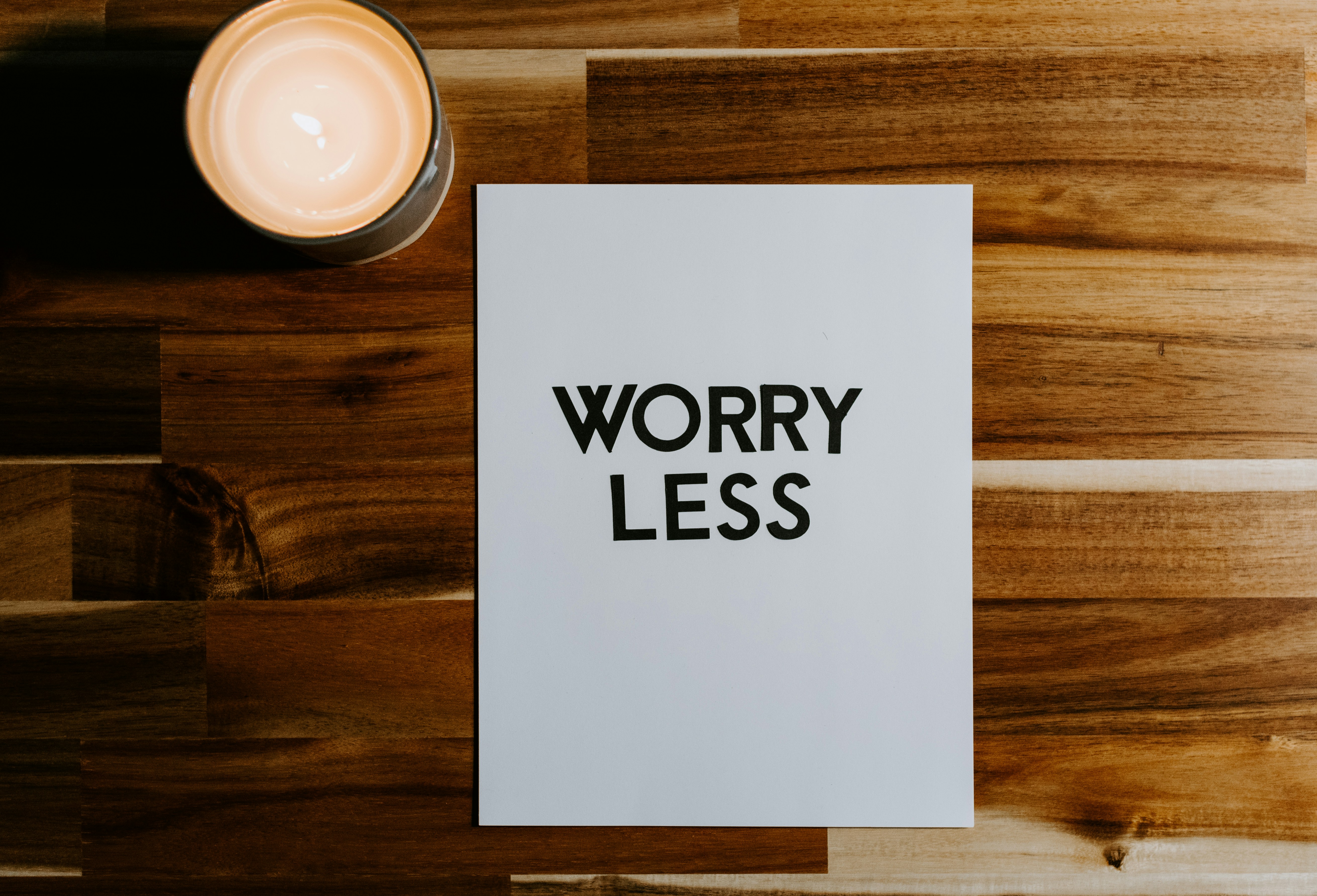
First off, let’s bust a common myth: anxiety is not just worry over an impending event or the nervous flutter before a presentation—that’s a normal stress reaction and it passes.
Anxiety becomes a problem when normal fears and excitements turn into a chronic condition that affects the functioning of our daily lives—like a persistent whisper (or yell) that makes us afraid without a clear cause. It’s considered a complex emotional state characterized by feelings of tension, uneasiness, worry, disengagement, and physical changes like increased heart rate, sweaty palms, nausea, and blurred vision.
But have you ever wondered, “Why is anxiety like this?”
Trying to understand the mechanisms of anxiety disorders often feels like attempting to solve a puzzle without all the pieces. We know bits and pieces about why these disorders take root—things like family history, life's tough moments, and even our own body chemistry play a part. But pinning down one clear reason so we can address it? That's where things get tricky. If you’re curious, you can read more about anxiety’s complex nature in NIH’s article.
Since there’s no cure, talking to a therapist and trying out practices like yoga and meditation can help us manage the symptoms.
Yoga teaches us to breathe through the chaos and to stand still when everything else is moving outside our control. But just like knowing its strengths, it’s also important to know what it can’t do.
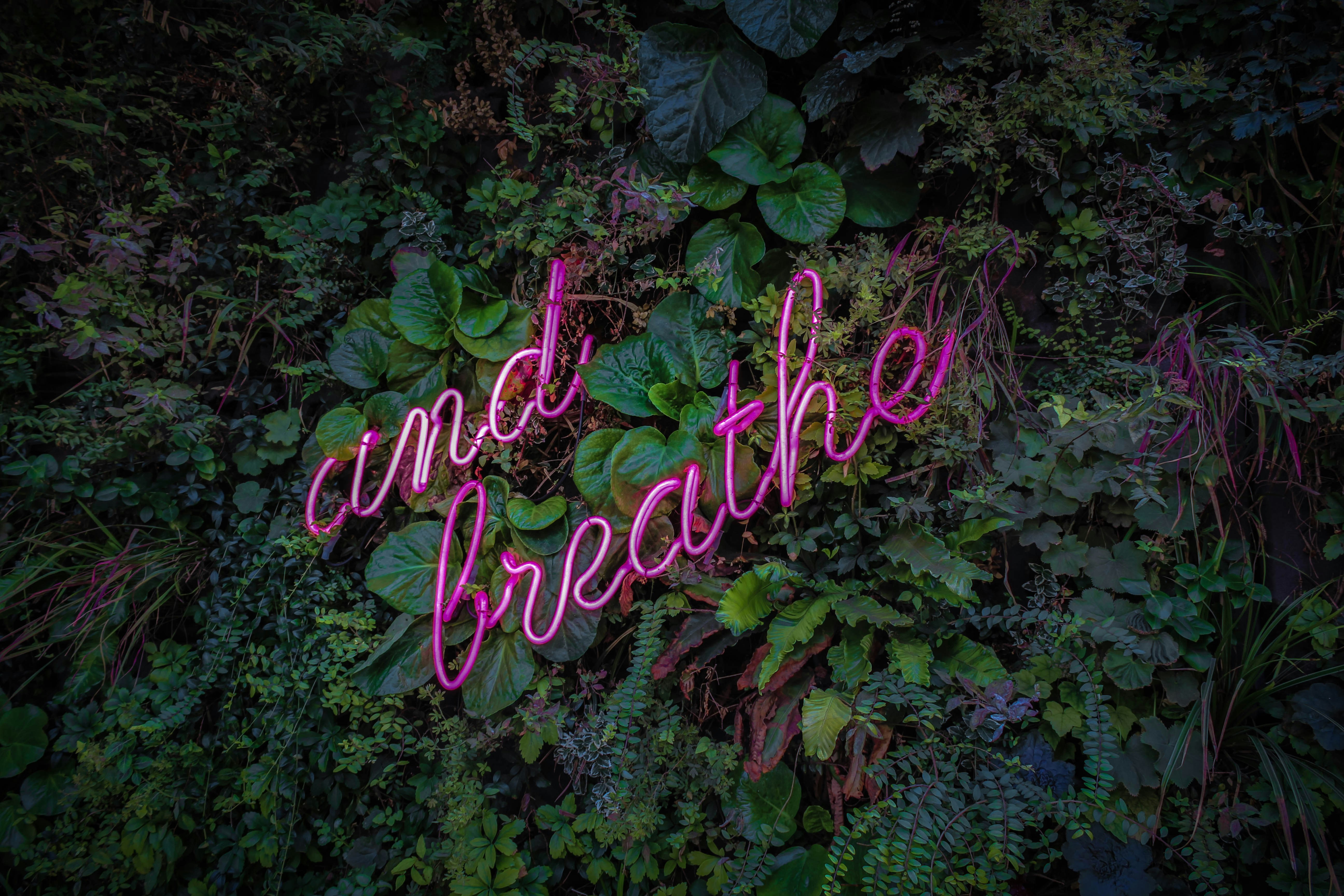
Understanding the Limitations of Yoga in Anxiety Management
Yoga is superior to no treatment when it comes to depression and anxiety. Thankfully, it’s affordable, appealing, and accessible for many people. People like our founder David Procyschyn have shared their experiences of how yoga, together with meditation and pranayama, has helped them overcome anxiety. Yoga can be a way of staying physically active as well as a tool for personal growth.
The benefits of yoga are plenty, there’s no doubt, but it doesn’t mean that yogis live in a perpetual state of zen, immune to stress and anxiety—that’s probably the most common misconception about the yoga community. This idyllic image is far from the everyday reality of even the most dedicated yogis, who, like all other mortals, struggle with the same mental issues. We need to have an open conversation about this reality because the pressures of maintaining a zen-like image can lead to dire consequences for those who wear that mask as well as those who take inspiration from it.
Let’s bring other misconceptions to light.
Overcoming Challenges and Misconceptions Regarding Yoga for Anxiety
1. The belief that yoga is an instant fix for anxiety.
Many enter their yoga journey with the expectation of immediate relief from anxiety. While yoga does offer tools for managing stress, its effects are cumulative and require consistent practice. It’s probably best to think of it as a support system that teaches you how to ride the waves of anxiety rather than stopping them altogether. It takes time.
2. The belief that all yoga practices are calming.
Not all yoga styles or practices have a calming effect. For instance, vigorous vinyasa or ashtanga sessions might be too stimulating for some, especially when feeling anxious. It's important to find the right style and pace that work well for your current state.
3. The belief that yoga alone should be enough to manage severe anxiety.
Of course, if we’re feeling a bit anxious about an upcoming exam or a doctor's appointment, yoga alone can probably calm our nerves. However, severe anxiety is a different ball game. Relying solely on yoga can be limiting and even harmful as people with severe anxiety may need medication and/or other support therapies.
Always keep in mind that yoga is often most effective when used in conjunction with other treatments like therapy or medication, as prescribed by healthcare professionals.
4. The belief that more yoga equals less anxiety.
If one hour of yoga a day doesn’t help, practicing two or three hours every day won’t make a difference either. While regular practice is beneficial, there's a balance to be struck. Overdoing it or pushing too hard can exacerbate anxiety, and then yoga itself may become a trigger for an anxiety attack. Having patience and taking baby steps is how you play the long game. Take a deep breath and have faith in the power of reasonable consistency.
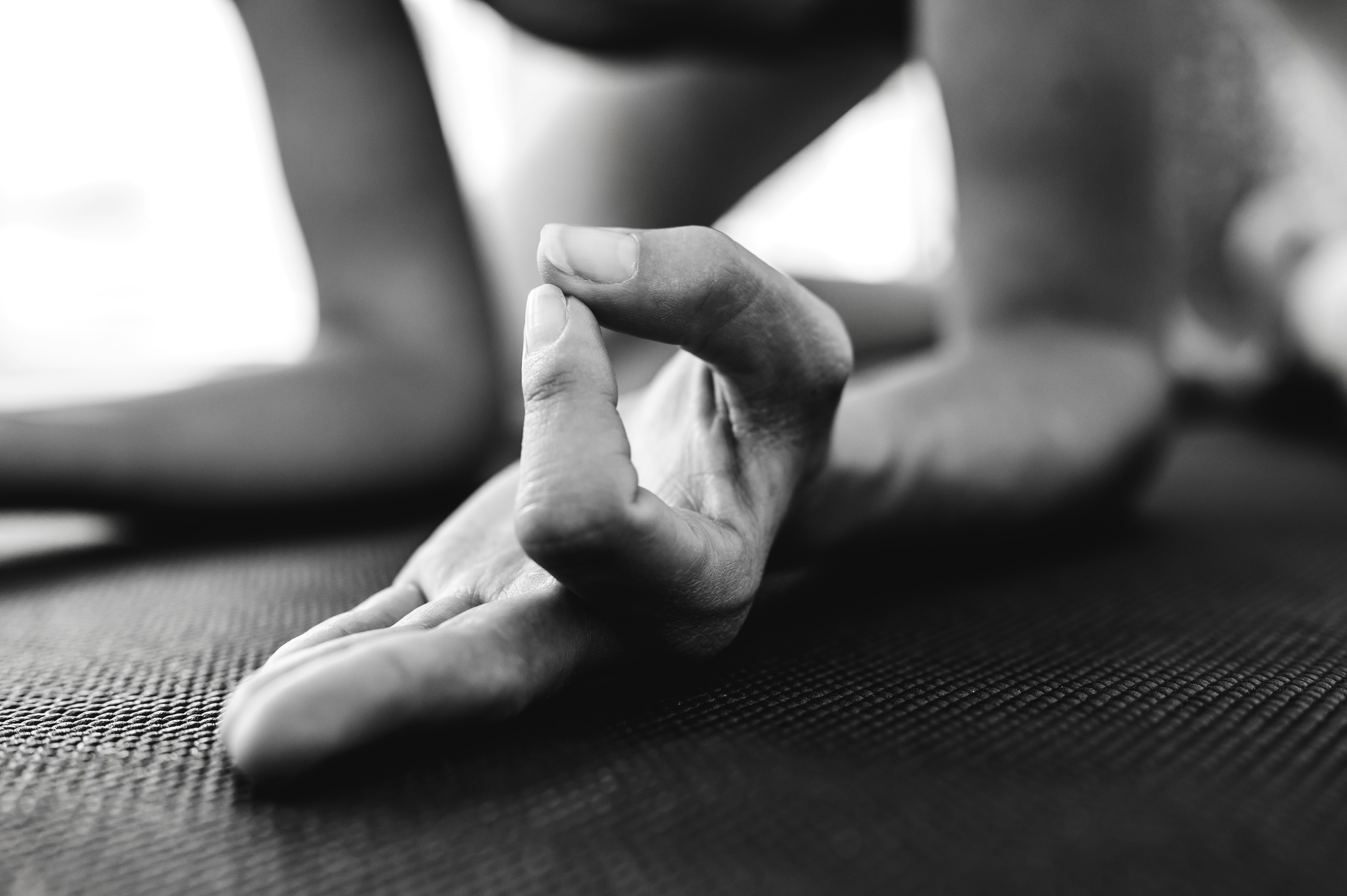
Yoga as a Complementary Therapy
When it comes to doing yoga for anxiety, there are a few things to consider.
Recognizing the diversity in yoga styles allows us to tailor our practice to meet our emotional and physical needs, especially when we’re highly anxious. For instance, if we're feeling super jittery, a fast-paced yoga session like vinyasa or ashtanga might be just the thing to help us burn off that nervous energy. In these cases, yoga can be a way to transform excessive energy into movement.
However, if we’re down and feeling scared, especially with physical symptoms such as shortness of breath, trying to stand on our head might not be the best idea. Instead, a calm meditation or a gentle session of restorative yoga can act as a safety blanket, calming us and making us feel grounded.
For those of you who enjoy the more dynamic styles, here’s a little insider tip: don't skip the slower, relaxing parts of yoga, like savasana and breathing exercises. When it comes to anxiety, these aspects of the practice are what make yoga an effective complementary therapy.
For instance, savasana, or “corpse pose,” is a powerful practice of release, of letting go of what doesn't serve us, which includes the tendrils of anxiety that may cling tightly. Breathing techniques, or pranayama, are extensively studied by the scientific community and have been shown to reduce our body’s abnormal stress response. These aspects of yoga help to calm your nervous system.
If you're curious about specific poses or simply want to get better at listening to what your body is telling you, I would recommend our article on the role of yoga in managing anxiety.
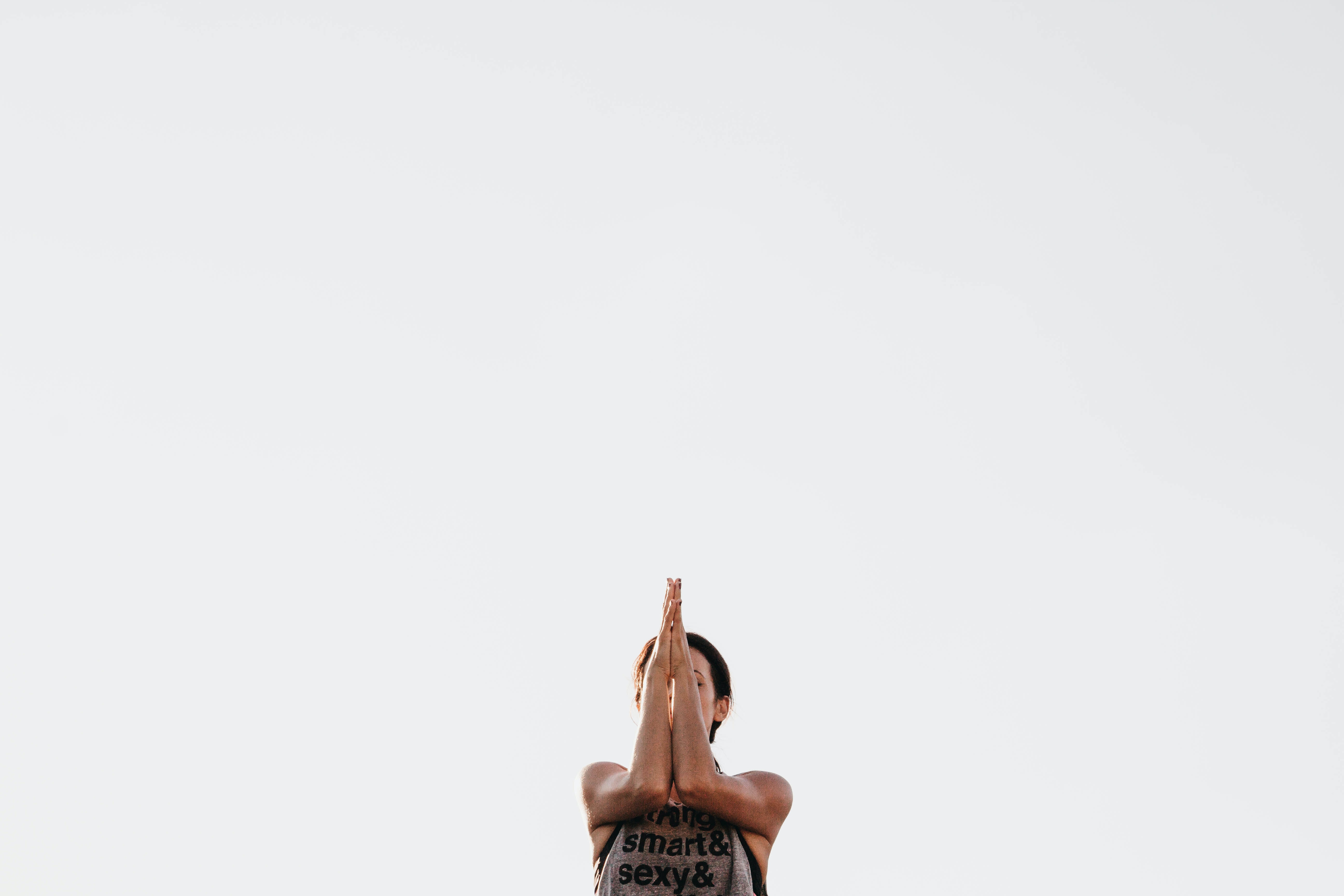
Yoga Classes for Anxiety
For those of you who feel ready to start practicing yoga for anxiety, the following classes are a perfect way to kickstart that journey.
Moving with Breath by Melissa Krieger
Common symptoms of anxiety are shortness of breath or feeling out of breath. In both cases, our breathing is misaligned and doesn’t match our physical state. Because of this, Melissa’s gentle class is designed to help you match your breath cycles with your pace of movement. The class offers a way to calm your mind and activate your body.
Playfulness by Melissa Krieger
This is another wonderful, yet unconventional class for anxiety by Melissa. In this class, Melissa focuses on another common symptom: reduced ability to play! As anxiety makes us worry, we sometimes lose the ability to fully engage, enjoy, and simply be playful in our daily lives. So, if this sounds like something you need, I definitely recommend this class—it will help you let go and find joy in the practice.
Yoga for Anxiety by David Procyshyn
As someone who struggled with anxiety and found solace in yoga, David created this gentle class to teach others how to move through their worries. Utilizing pranayama, meditation, and therapeutic movements, this slow class will help you guide those negative emotions out of your body, calming you down and grounding you.
Yoga for Sleep and Anxiety by Araba Adjaye
Araba Adjaye's class specifically targets the common culprits of sleepless nights: stress and anxiety. So, if you feel like you can’t sleep, let Araba guide you into a state of relaxation that nurtures your mind and body with a series of gentle yoga poses and focused breathwork. By the end of the class, you’ll feel calm, loosened up, and most importantly, be prepared for a restful night.
Building Strength and Resiliency by Melissa Krieger
We often associate strength with our physique, but the word carries a deeper meaning. For instance, being strong also means overcoming the mental and emotional hurdles life throws our way, and Melissa’s class embraces this philosophy by integrating strength training into our yoga practice. Using medium to heavy weights, this session will challenge you, help you channel that restlessness and all the accumulated negative energy, and make you feel confident and capable of handling life’s curve balls.
Lifestyle Integration: Beyond the Mat
The final thing to address: because yoga has limitations, continuing with the same lifestyle, routines, and bad habits will seriously diminish any positive effect you might achieve on the mat.
The true essence of yoga is about assimilating its principles into our daily routines, thoughts, and actions. Therefore, if we return to the same stress-inducing habits and mindsets after a yoga session, we risk undoing the peace and balance we've worked so hard to cultivate.
Bringing Awareness Into Our Reactions
Bringing the lessons of yoga into our everyday lives means adopting mindfulness in how we interact with others, how we approach our work, and even how we treat ourselves. For instance, we may need to be more aware of our impulses and pause before reacting. In these types of situations, the lessons from our pranayama sessions, such as breathing through challenges, and finding gratitude in the small moments can set the mood for the whole day.
Of course, this shift in our mindset doesn’t happen overnight. It's a gradual transformation that requires patience and practice.
Changing Our Lifestyle
Once we’re more aware of our reactions, we can go a step further. To see lasting change, we must be willing to examine our lifestyle choices—our diet, sleep habits, how we manage stress, and the quality of our relationships. Each of these aspects is interconnected, and improvements in one area can strengthen the positive effects in others. For example, healthy and mindful eating and adequate rest enhance the benefits of yoga, creating a rewarding cycle of wellness.
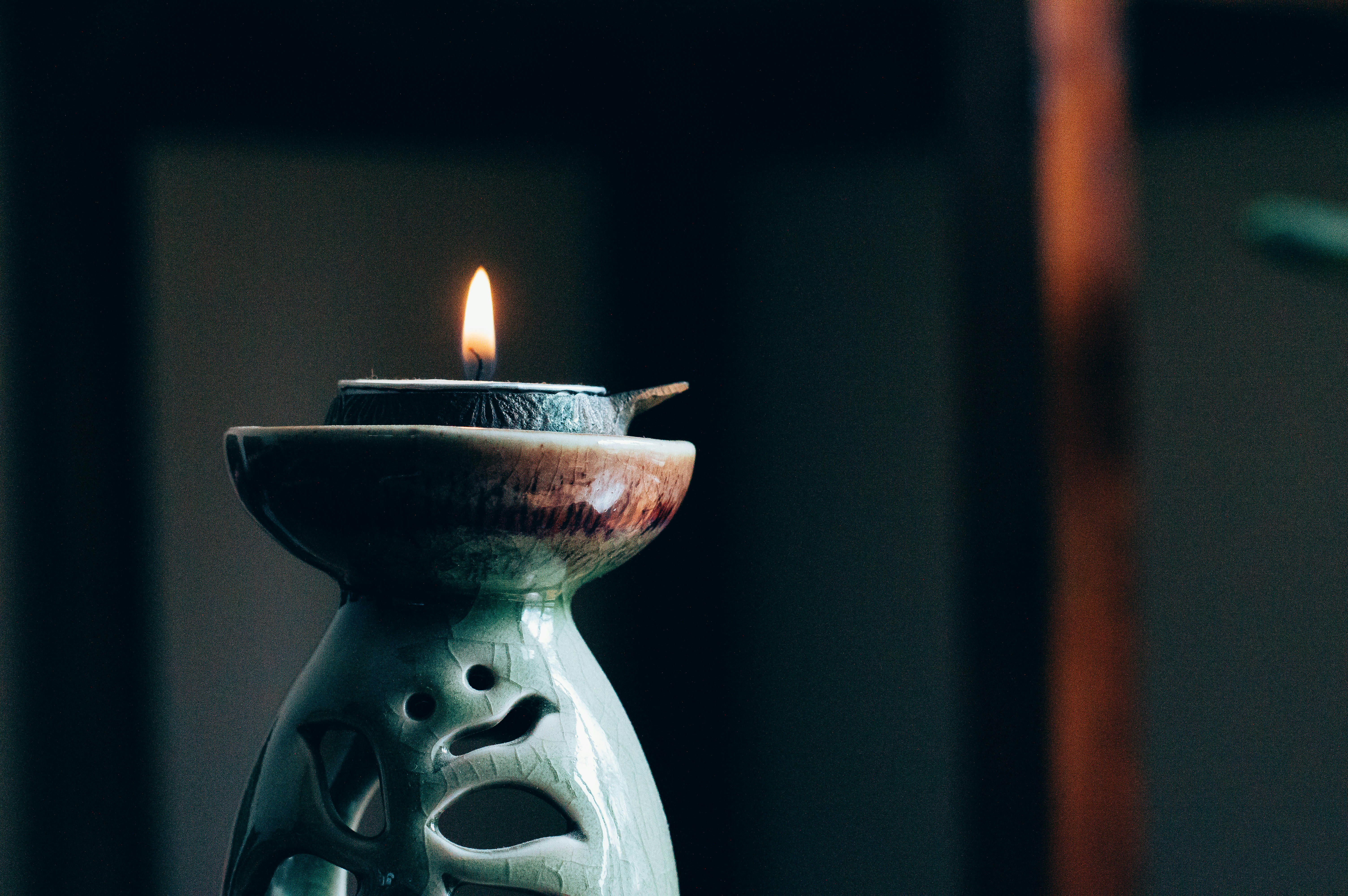
Yoga: A Piece of The Puzzle
To cure anxiety, we’re still missing many pieces of the puzzle. There’s still a long road ahead for scientists, doctors, and therapists who are trying to make a breakthrough, but while we’re cheering them on, we can still do something for ourselves.
One piece of the puzzle in managing anxiety is yoga; Just like anything else in life, the practice has its benefits and limitations.
It’s important to understand the limitations and misconceptions surrounding yoga for anxiety, as this will help us make smarter—and more realistic—decisions regarding our health.
To all the warriors living with anxiety and panic attacks: you’re not alone! When the world feels scary, take a deep breath and let your favorite meditation help you feel safer. Surround yourself with friends and family and take it one step at a time—perhaps you’ll find yourself stepping onto your yoga mat.



Comments
Existing Comments